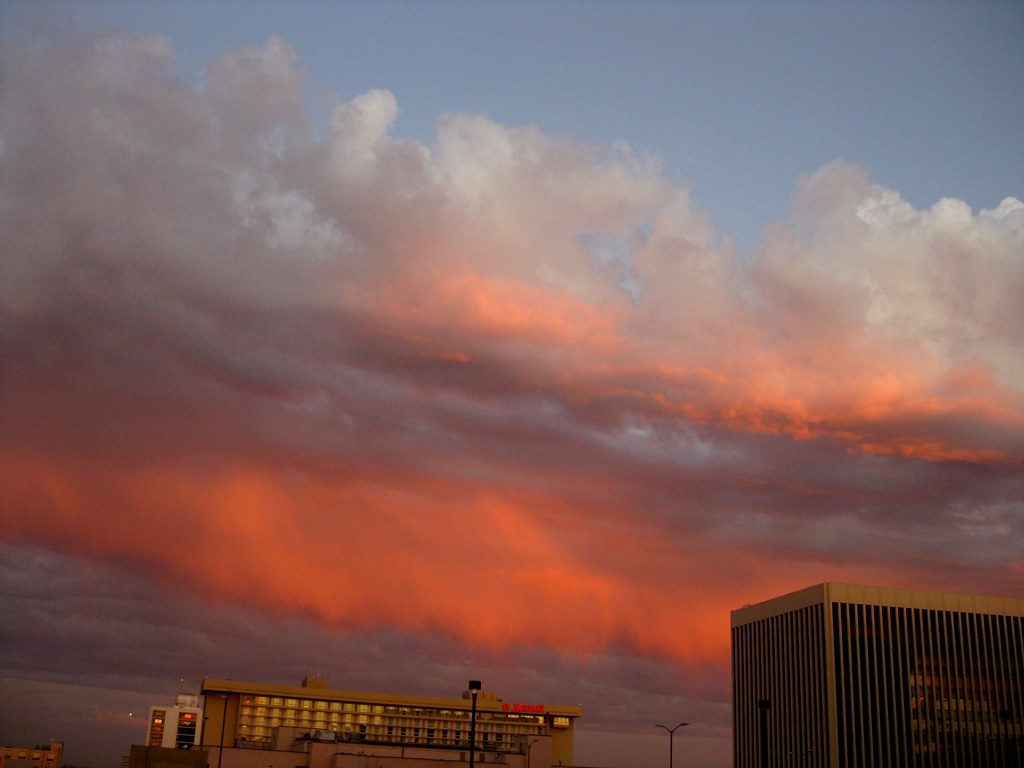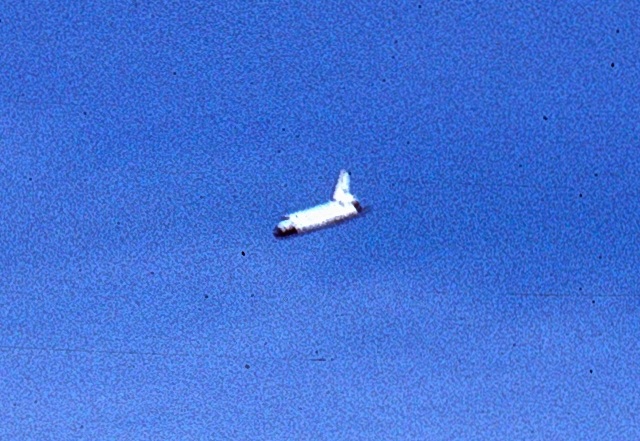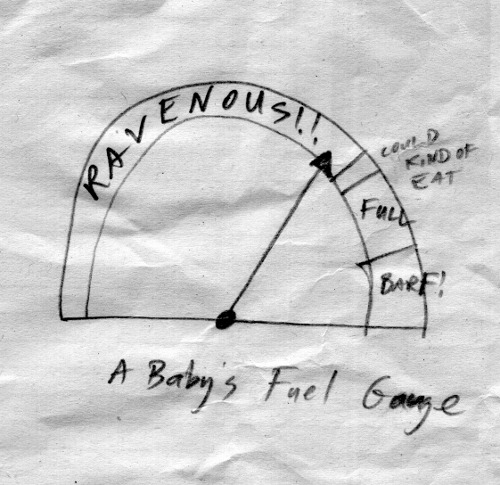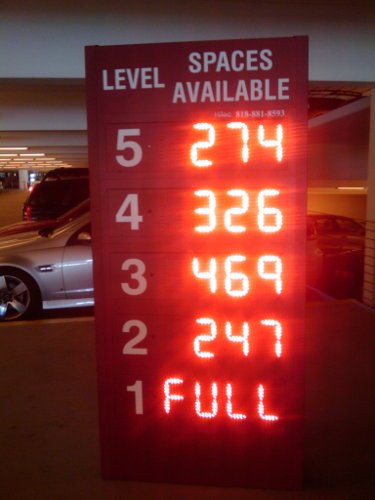We recently watched an episode of Star Trek: Deep Space Nine, Accession, in which an ancient Bajoran ship comes out of the wormhole carrying a single passenger, who claims he is the Emissary of the Prophets. Kira recognizes his name as a revered poet from hundreds of years ago, one whom every Bajoran studies in school.
There will be spoilers for this 15-year-old episode, so stop reading if that sort of thing bothers you.
Sisko is all too happy to hand over the Emissary job until Akorem gives a speech insisting that the Prophets want Bajor to return to a rigid caste system from their past…something with implications both political (the Federation is less likely to approve their petition for membership, and the First Minister belongs to the farmer caste, not the political caste) and personal (Bajorans start deferring to “higher” castes, and Kira is faced with resigning her position to become an artist).
About halfway through the episode, I came to the following conclusion: Akorem was a fraud, put in place by an organization that wanted to keep Bajor out of the Federation, depose the current leadership, and specifically re-establish that caste system. They’d specifically chosen a figure who would be instantly recognized and revered, but who (as was mentioned early on) had no descendants, and therefore no one to do a DNA comparison against.
That’s not how it turned out, though. In the end, he turns out to be exactly who he claimed to be, just misguided about what the Prophets wanted…which was basically to remind Sisko to do his job as Emissary.
Katie had an interesting thought, though: If it had been an episode of Babylon 5, there’s a good chance I would have been right (or at least close). I was just trying to figure out the story in terms of the wrong show.
Maybe I was thrown off by the mysterious figure from the past who repeatedly asked the Captain, “Who are you?” in a dark part of the station, trying to get him to give the right answer. 



